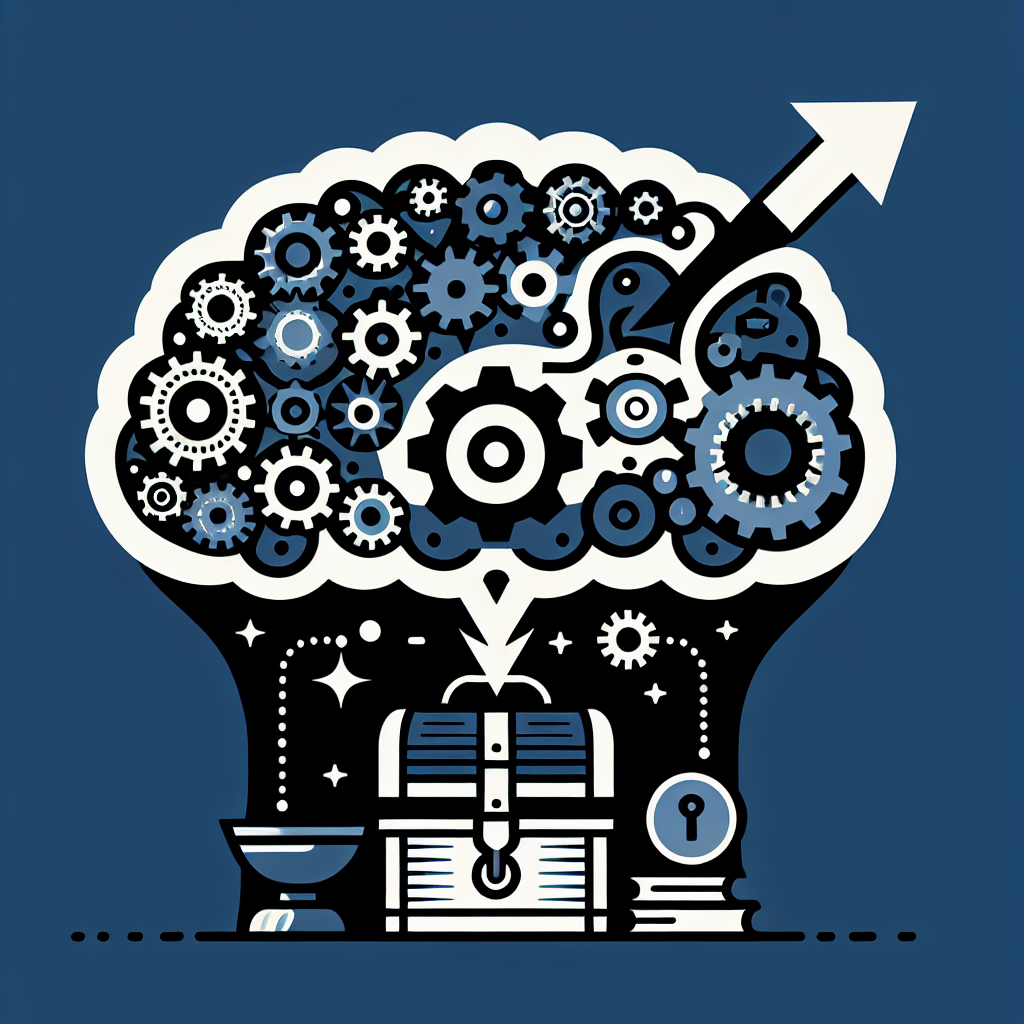Natural Language Processing (NLP) is a branch of artificial intelligence that focuses on the interaction between computers and human languages. It aims to enable computers to understand, interpret, and generate human language in a way that is both useful and meaningful. One of the key areas where NLP plays a crucial role is in information extraction, which involves automatically extracting structured information from unstructured text.
Information extraction is a process that involves identifying and extracting relevant information from text documents. This information can take various forms, such as named entities (e.g., people, organizations, locations), relationships between entities, events, and facts. By automating the process of information extraction, organizations can save time and resources, and extract valuable insights from large volumes of unstructured data.
The Role of NLP in Information Extraction
NLP plays a crucial role in information extraction by providing tools and techniques that enable computers to process and analyze human language. Some of the key ways in which NLP is used in information extraction include:
1. Named Entity Recognition (NER): NER is a fundamental task in information extraction that involves identifying and classifying named entities in text documents. These entities can include people, organizations, locations, dates, and more. NLP techniques such as machine learning algorithms and rule-based systems are used to automatically detect and classify named entities in text.
2. Relationship Extraction: Relationship extraction involves identifying and extracting relationships between named entities in text documents. For example, in a news article, NLP algorithms can be used to extract relationships between people, organizations, and events mentioned in the text. This information can be used to build knowledge graphs and extract valuable insights from text data.
3. Event Extraction: Event extraction is the process of identifying and extracting events or actions mentioned in text documents. NLP techniques can be used to extract information about events, such as the participants involved, the time and location of the event, and the outcome. This information can be used for various applications, such as event detection, event summarization, and trend analysis.
4. Sentiment Analysis: Sentiment analysis is a popular NLP task that involves analyzing the sentiment or opinion expressed in text documents. NLP techniques such as machine learning algorithms and natural language understanding models can be used to automatically detect and classify sentiment in text, such as positive, negative, or neutral. Sentiment analysis is used in various applications, such as social media monitoring, customer feedback analysis, and market research.
5. Text Classification: Text classification is a common NLP task that involves categorizing text documents into predefined categories or labels. NLP techniques such as machine learning algorithms, deep learning models, and rule-based systems can be used to automatically classify text documents based on their content. Text classification is used in various applications, such as spam detection, sentiment analysis, and document categorization.
FAQs
Q: What are the benefits of using NLP in information extraction?
A: Using NLP in information extraction offers several benefits, including:
– Automation: NLP enables organizations to automate the process of extracting information from text documents, saving time and resources.
– Scalability: NLP techniques can be applied to large volumes of unstructured data, allowing organizations to extract valuable insights from big data.
– Accuracy: NLP algorithms can perform complex linguistic analysis and extract structured information with high accuracy, reducing the risk of errors and inconsistencies.
– Insights: NLP enables organizations to extract valuable insights from text data, such as trends, patterns, and relationships between entities.
Q: What are some common challenges in using NLP for information extraction?
A: Some common challenges in using NLP for information extraction include:
– Ambiguity: Human language is inherently ambiguous, making it challenging for NLP algorithms to accurately interpret and extract information from text.
– Data quality: NLP algorithms require high-quality training data to achieve optimal performance, which can be difficult to obtain for certain domains or languages.
– Scalability: Processing large volumes of text data can be computationally intensive, requiring specialized hardware and infrastructure.
– Domain-specific knowledge: NLP algorithms may struggle to extract information from text documents in specialized domains with domain-specific terminology and concepts.
Q: How can organizations leverage NLP for information extraction?
A: Organizations can leverage NLP for information extraction by:
– Implementing NLP tools and techniques: Organizations can use off-the-shelf NLP tools and libraries, such as spaCy, NLTK, and Stanford NLP, to perform tasks such as named entity recognition, relationship extraction, and sentiment analysis.
– Customizing NLP models: Organizations can develop custom NLP models using machine learning algorithms and deep learning techniques to extract specific types of information from text data.
– Integrating NLP with other technologies: Organizations can integrate NLP with other technologies, such as data analytics platforms, business intelligence tools, and chatbots, to extract insights and improve decision-making.
– Continuous learning: Organizations should continuously update and improve their NLP models by training them on new data and adapting them to changing language patterns and trends.
In conclusion, NLP plays a crucial role in information extraction by providing tools and techniques that enable computers to process and analyze human language. By leveraging NLP for tasks such as named entity recognition, relationship extraction, event extraction, sentiment analysis, and text classification, organizations can automate the process of extracting valuable insights from text data. Despite the challenges of ambiguity, data quality, scalability, and domain-specific knowledge, organizations can benefit from using NLP for information extraction by implementing NLP tools and techniques, customizing NLP models, integrating NLP with other technologies, and continuously learning and improving their NLP systems.

